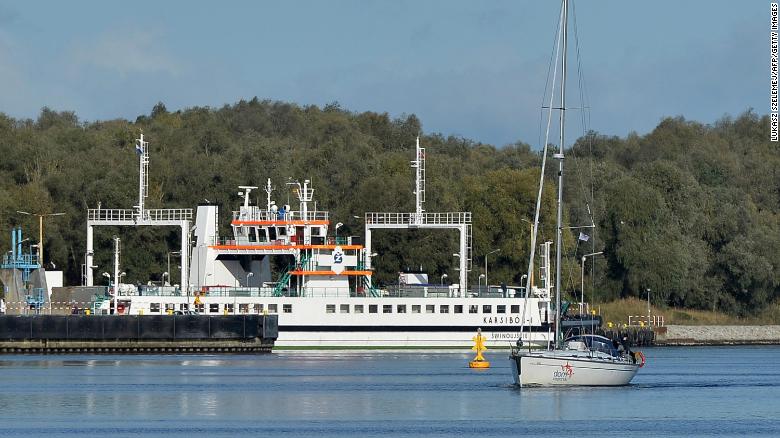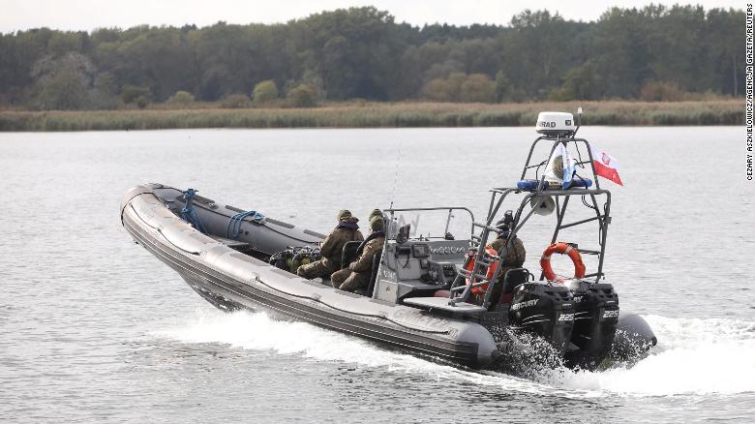Navy divers on Monday began a five-day operation to defuse the largest unexploded World War II bomb ever found in Poland, forcing more than 750 people to evacuate their homes.
Dubbed the "earthquake" bomb, the Tallboy bomb was used by Britain's Royal Air Force (RAF) and weighs nearly 5,400 kg, including 2,400 kg of explosive, the Navy said on its Facebook account.
The bomb was found in the Piast Canal which connects the Baltic Sea with the Oder River, and was dropped by the RAF in 1945 in an attack on the German cruiser Lutzow.The site is near the town of Swinoujscie in northwest Poland where a liquefied natural gas (LNG) terminal was opened in 2016.
"There will be no deliveries while the bomb is being neutralized," a spokeswoman at site operator Gaz-System said, adding the timing of the defusing of the bomb had been agreed between the firm, the Navy and local authorities.

"We dug up the moving part of the bomb, the middle part the bomb was left, as planned, so that the debris around it would keep the bomb in a fixed place, so that it would not move and the fuses would not be triggered,"
Michal Jodloski from the 12th Minesweeper Squadron of the 8th Coastal Defense Flotilla told private broadcaster TVN 24.On Monday, 751 people had to be evacuated from the area, local media reported.
"We are leaving for this week. We are afraid. The children should go to school and they would have to go past it every day, so there is a bit of fear," a local resident named Radoslaw told TVN24.
Latest Stories
-
Situate power sector challenges within the context of the 4th Republic – Jantuah
14 mins -
Empowering Youth through IT Education: IT For Youth Ghana College leads the way
20 mins -
Trump criminal case: Full 12-person jury seated in Manhattan
34 mins -
Israel Gaza: US again warns against Rafah offensive
37 mins -
Man arrested in Poland over alleged Russia plot to kill Zelensky
41 mins -
Over 100 arrested as US college Gaza protest cleared
44 mins -
Justmoh Construction begins work on dualization of Takoradi-Agona Nkwanta road
55 mins -
MGL visits Dumor family following passing of Mawuena Trebarh
1 hour -
In Pursuit of Peace and Unity: Interfaith Leaders Promote Dialogue – Chief Doli-Wura to Africa Union
1 hour -
TEWU raises concern over quality of food served in SHS
2 hours -
Ghanaian students gear up for Robotics World Championship
3 hours -
Political interference makes public sector managers appear incompetent – Dr Manteaw
3 hours -
Police arrest truck driver alleged to have caused train crash
3 hours -
CAF Confederation Cup: Dreams FC depart to Cairo ahead of semis first leg against Zamalek
3 hours -
Liverpool exit Europa League despite 1-0 win over Atalanta
3 hours

